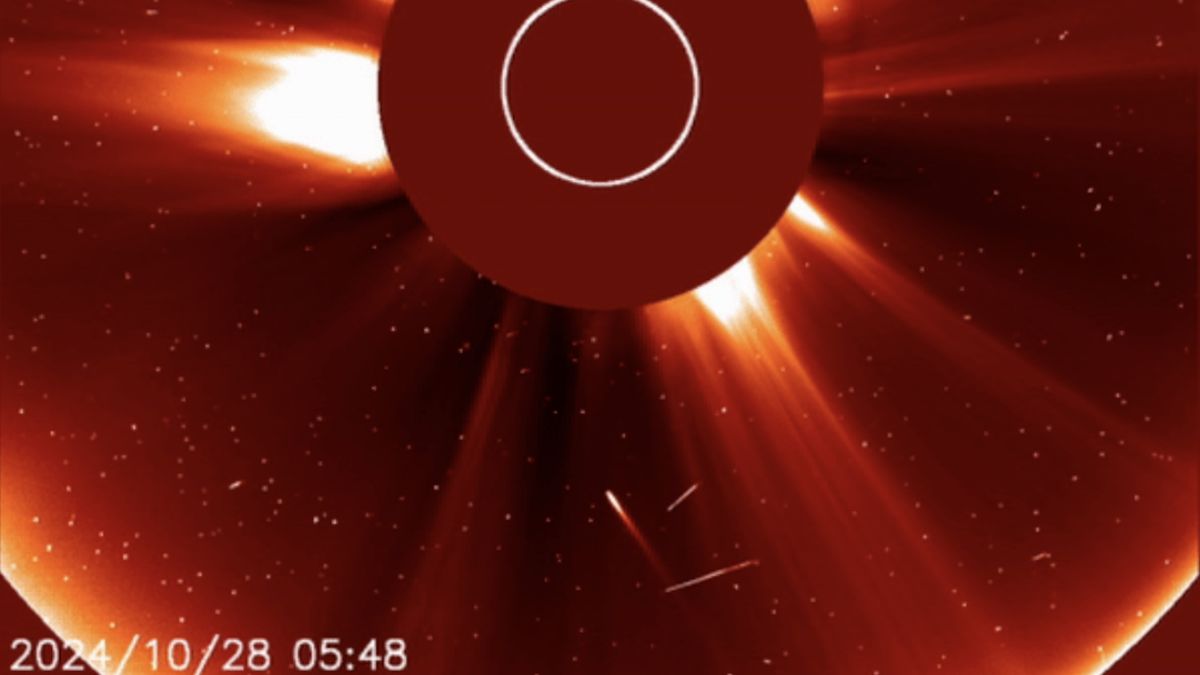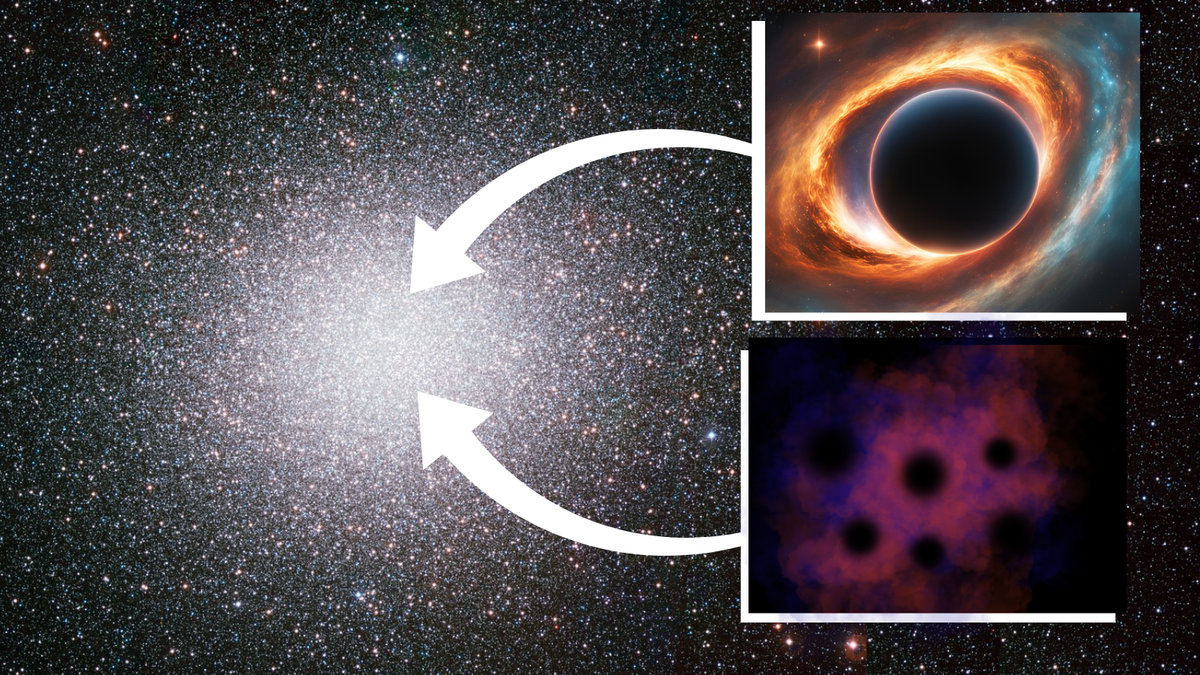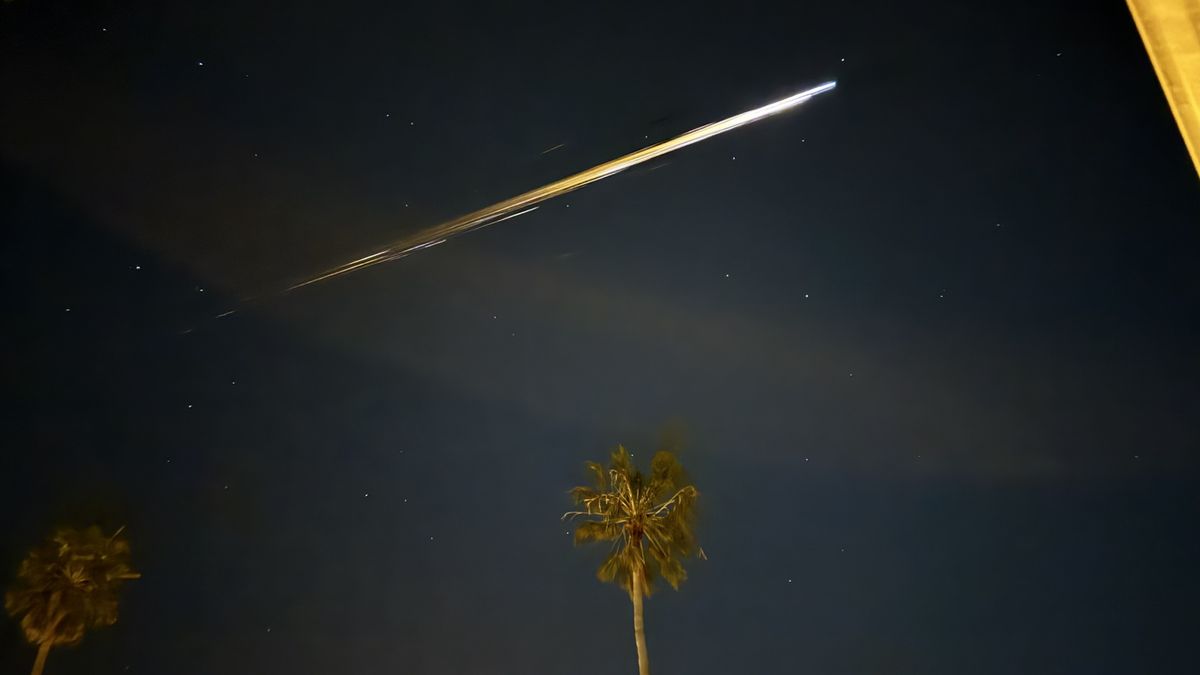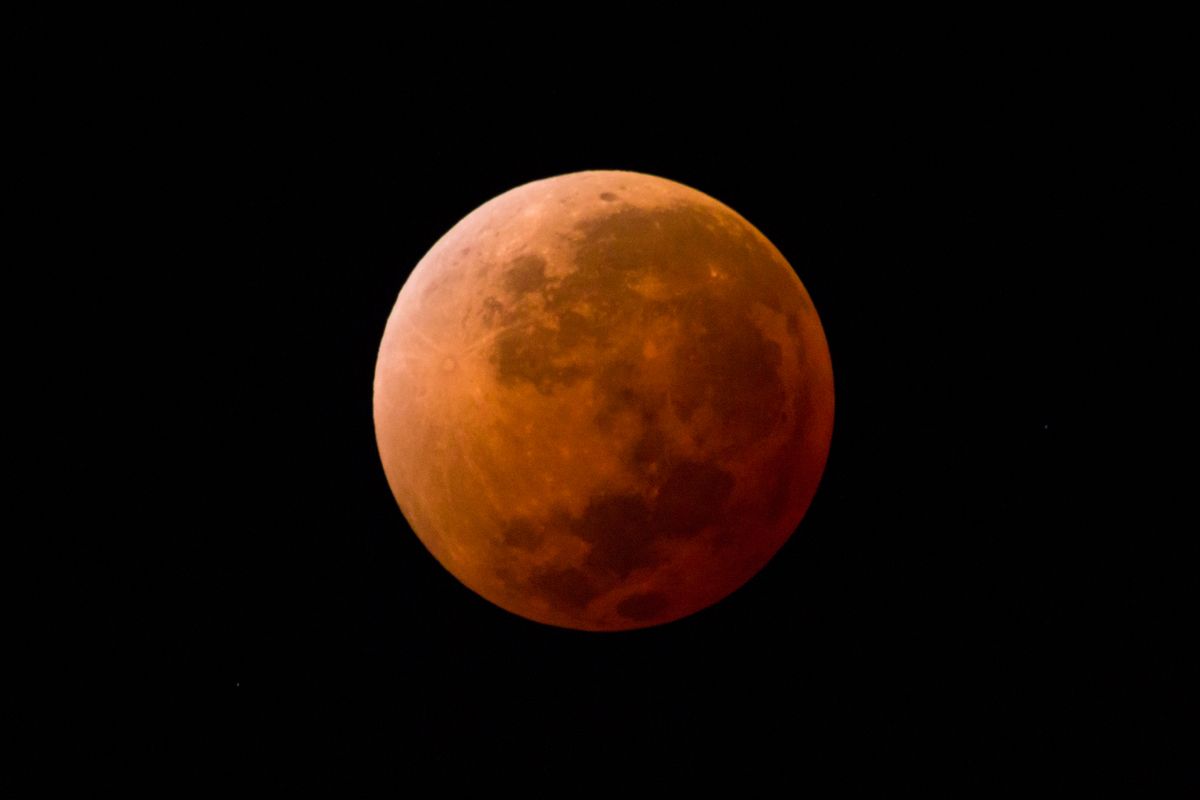Comet C/2024 S1 (ATLAS) is no more.
On Monday (Oct. 28), the comet evaporated as it was heading toward perihelion, the closest point to the sun in its orbit. There were earlier hopes that the comet, officially designated C/2024 S1 (ATLAS), could become a “Halloween treat” visible to the naked eye, but these were ultimately just wishful thinking; astronomers had already begun observing the cosmic snowball beginning to disintegrate earlier this month.
Now, thanks to the Solar and Heliospheric Observatory (SOHO), a spacecraft jointly operated by NASA and the European Space Agency, we know for sure how and when comet ATLAS met its demise.
Comet C/2024 S1 (ATLAS) passed its closest point to Earth on Oct. 23, reaching a magnitude of 8.7, far too dim to be seen with the naked eye. Still, telescopes were able to catch a glimpse of the icy visitor from the outer solar system.
After that approach, the comet began flying toward the sun, making it difficult to see by anything other than specialized instruments designed for solar observations.
Here we go!Comet ATLAS (C/2024 S1) could become a -6.7 mag daytime object on the 28th, albeit, it will be very close to the sun at the time, and all caution must be taken. Image taken on the 20th. Courtesy Gerald Rhemann. pic.twitter.com/qJETKOMV9LOctober 21, 2024
Comet ATLAS was first discovered only last month, on Sept. 27, by the Asteroid Terrestrial-impact Last Alert System (ATLAS) project in Hawaii. The comet belongs to a family known as Kreutz sungrazers, comets that all follow a similar orbit that takes them very close to the sun every 500 to 800 years, depending on each one’s individual orbit.
Kreutz sungrazers are believed to be fragments of a single comet that broke up at some point in the distant past. The earliest sungrazer may have been observed as far back as 317 BC, according to the European Space Agency.
Like all comets, C/2024 S1 (ATLAS) was essentially a “dirty snowball,” a frozen body composed of gases, rocks and dust left over from the earliest days of our solar system some 4.6 billion years ago.
Some comets can take up to hundreds of thousands or millions of years to orbit the sun, although some can orbit on much shorter timescales. Halley’s Comet, one of the most well-known comets, orbits about every 75 years. Comet Encke, meanwhile, orbits the sun every 3.3 years.
Another comet, known as C/2023 A3 (Tsuchinshan-ATLAS), survived its closest approach to the sun on Sept. 27 and put on quite a show for observers worldwide, becoming visible to the naked eye throughout much of October.
Originally posted on Space.com.















